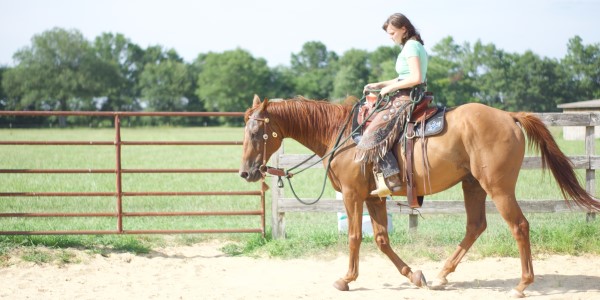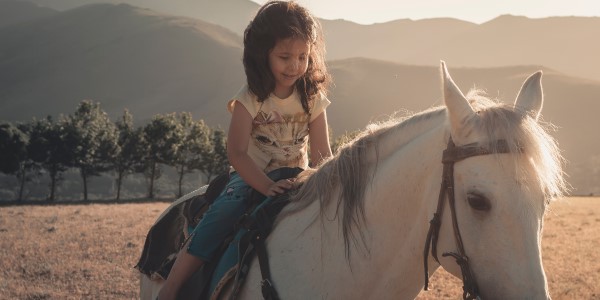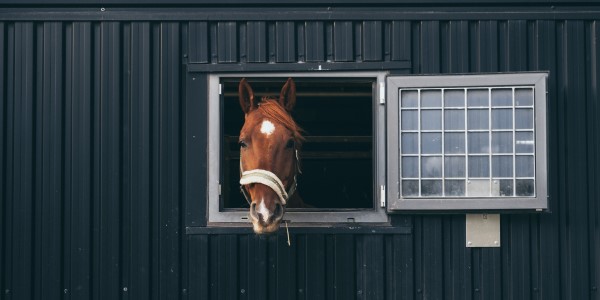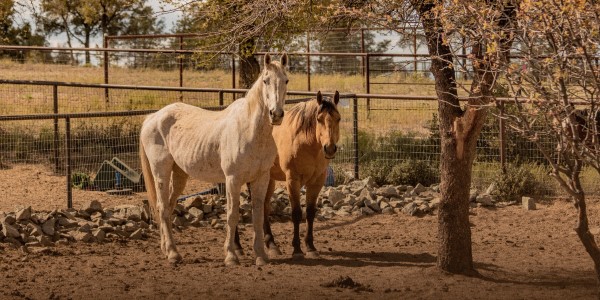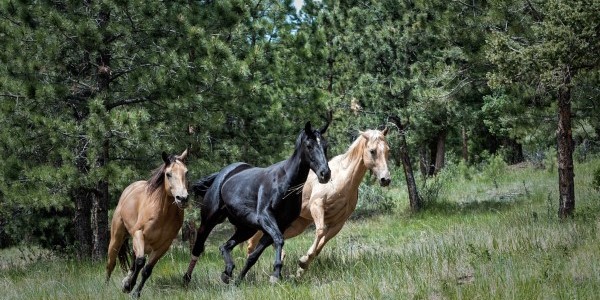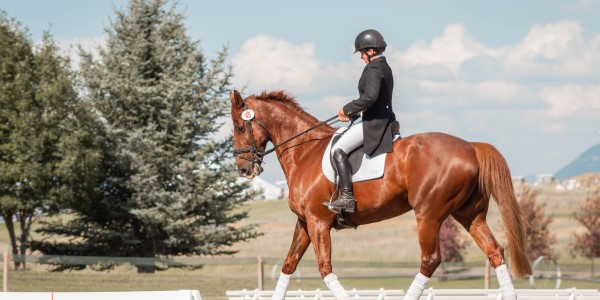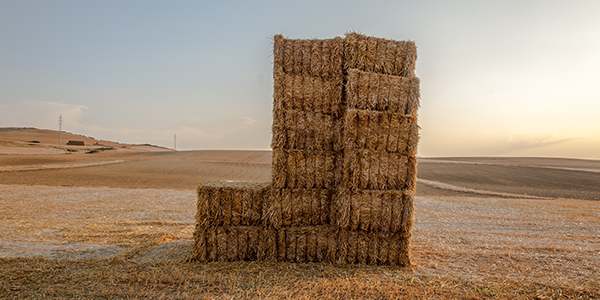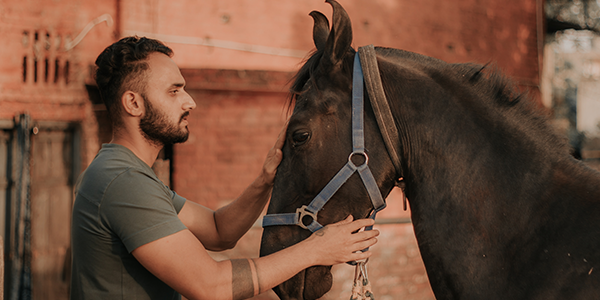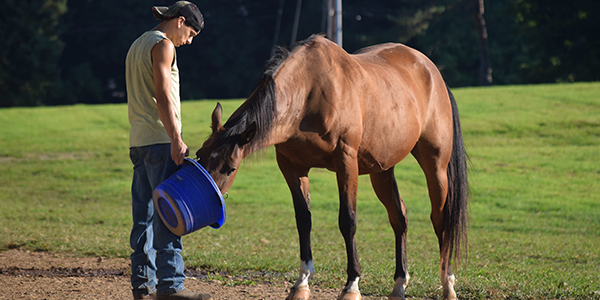As the vibrant colors of autumn begin to adorn the landscape, horse enthusiasts eagerly anticipate the chance to ride amidst the fall beauty. However, this season comes with its unique challenges, including colder temperatures, rain, and slippery terrain. To ensure you’re safe horseback riding in the Fall, it’s essential to be prepared and take certain precautions. Also, if you are looking for a horse property for sale in Colorado, contact Colorado Horse Property today and speak with one of our horse-person realtors.
Precautions for Horseback Riding in the Fall
One of the most noticeable challenges of riding in the fall is the drop in temperatures, especially during the mornings and evenings. To mitigate the effects of colder weather, riders can consider the following safety measures. Dressing in layers is a practical approach to staying warm. Start with a moisture-wicking base layer to keep sweat away from your skin, add an insulating layer for warmth, and finish with a windproof and waterproof outer layer. You should also protect your horse from the cold temperatures. Utilize horse blankets to help maintain body warmth and prevent chills in your horse.
Autumn often brings rain, which can create muddy and slippery conditions, posing additional challenges for riders. Invest in waterproof or water-resistant riding gear, including rainproof jackets and pants, to keep both yourself and your horse dry. For slippery terrain, consider attaching studs or ice calks to your horse’s horseshoes to provide better traction. There are also boots available that can offer additional grip. Reduce your riding speed in wet and slippery conditions, allowing your horse to maintain balance and prevent falls.


